6 Ways to Identify AI-Generated Images (With Examples)

Photograph manipulation has been around almost as long as photography itself, with early techniques like double exposure, compositing, and airbrushing emerging in the 1800s. Photo manipulation has been used for both artistic expression as well as more nefarious ends, such as political censorship and propaganda. For instance, beginning in the early 1900s, the Soviet Union famously erased figures like Leon Trotsky from photographs after they had fallen out of political favor.
While these early techniques required significant skill and effort, the arrival of Photoshop and other graphics software in the 1990s revolutionized photo editing, making it more sophisticated, accessible, and commonplace. However, any hand-wringing that Photoshop elicited would pale in comparison to the concerns raised by the advent of AI-generated imagery.
Never mind the historical precedent; we find ourselves in an era where it feels increasingly difficult to trust what we see, as AI becomes capable of generating images that are virtually indistinguishable from reality. Terms like deepfake and disinformation have entered the zeitgeist, reflecting the growing unease about the potential for AI-generated images to deceive.
In this article we will explore six hallmarks of AI-generated images that can help you identify them. Because AI technology is rapidly advancing, these markers may evolve, but they remain useful tools for discerning real from fake in a digital age where the line between the two is increasingly blurred.
1. Hands and Limbs

When AI-generated images first started flooding the Internet, one of the more obvious AI giveaways was image engines' struggle with rendering realistic hands, arms, and legs. These body parts have complex underlying anatomical structures that image generators don't understand–the AI models have simply been trained on how hands look in images. People intuitively understand the anatomy, so deformed or unnaturally articulated hands and limbs will often stand out more immediately than other errors.
While AI technology is quickly advancing, with extra arms, six-fingered hands, and the like becoming rarer in generated images, AI software can still get tripped up, especially in scenes with multiple people. Pay attention to people who are not the main subject of the image, especially in the background. Here you will still often see three-legged people, hands with extra or fused fingers, or arms that don’t connect to a body.
2. Text
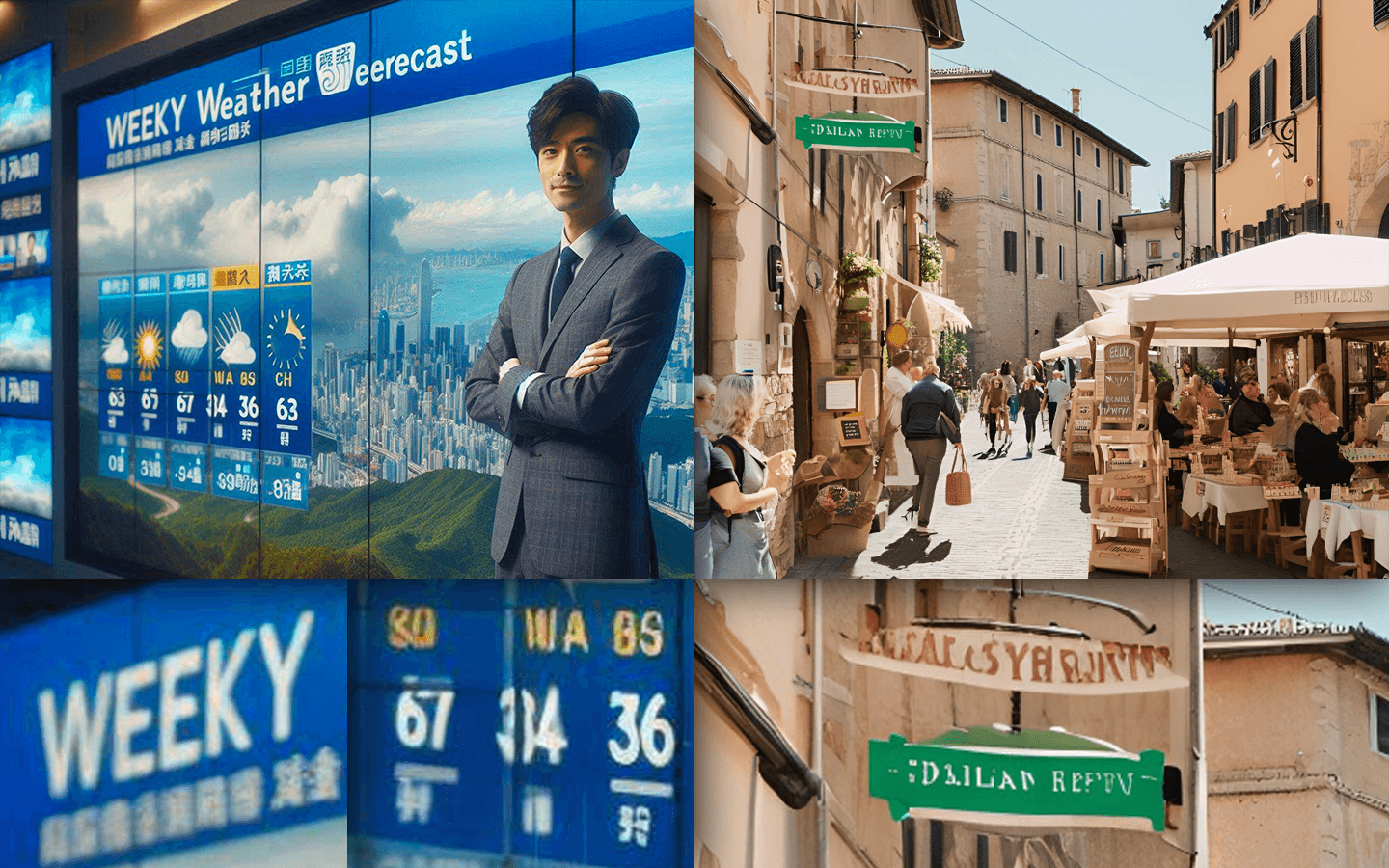
Image generators are tuned to their specific job, and so when they create images with text, they are really creating pictures that look like text, not inserting text per se into the generated image. At a glance, text will look passable, but upon closer inspection, you will often notice errors like misspelled words, multiple characters mashed together (or with too much space between them), or altogether novel characters that aren’t part of any real alphabet.
3. Hair
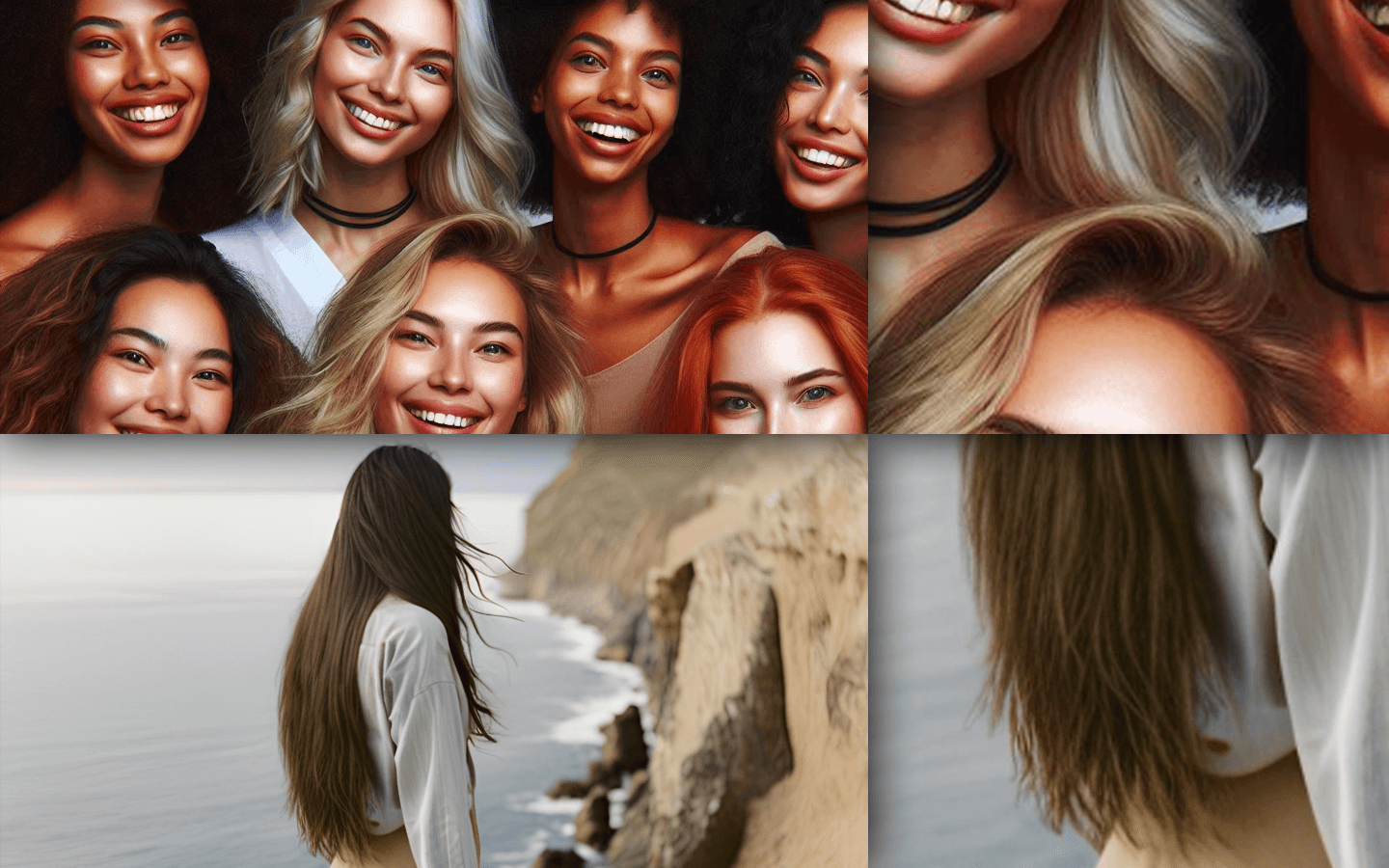
Like hands and limbs, hair is another detailed and distinctive human feature that is hard for AI to get right. One of the more common errors is that the edges of a human subject’s hair will get abnormally blurry or wispy. Similarly, image generators will often mix different textures in a single subject’s hair, with some super sharp parts and some blurry parts, creating an overall unnatural effect. While less common, some more extreme errors involve hair that is disconnected from the subject’s head, hair from multiple subjects fused together, or hair that morphs into a scarf or other piece of clothing.
4. Symmetry and Geometry
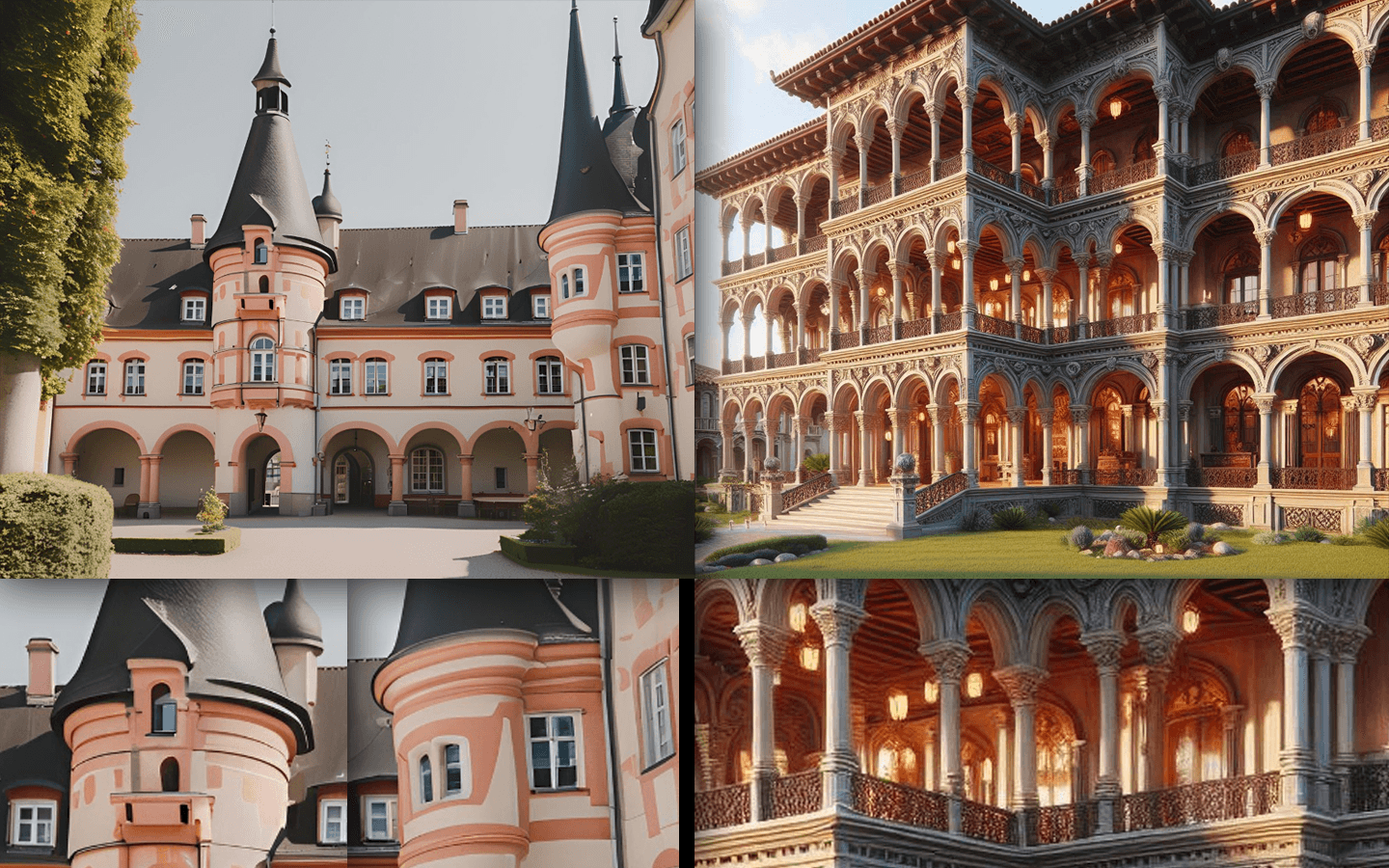
Inconsistent geometry is a telltale AI phenomenon, especially in architectural elements. Floors and walls might be oddly warped, columns might not connect to the floor, or repeating elements that should be identical might vary without any rhyme or reason. These indicate that they were generated by an AI engine that does not understand three-dimensional space. Similarly, AI often gets tripped up when rendering something that should be symmetrical, or a pair of objects that should be identical. Again, this exposes the way AI image generators generally work, which is that they don't generate an image with a schema or blueprint of how the objects in the image should be constructed–as with text, the image generator simply outputs how it thinks any given object should look, on a surface level, based on the two-dimensional images it has been trained on.
5. Overly Glossy, "Rendered" Quality
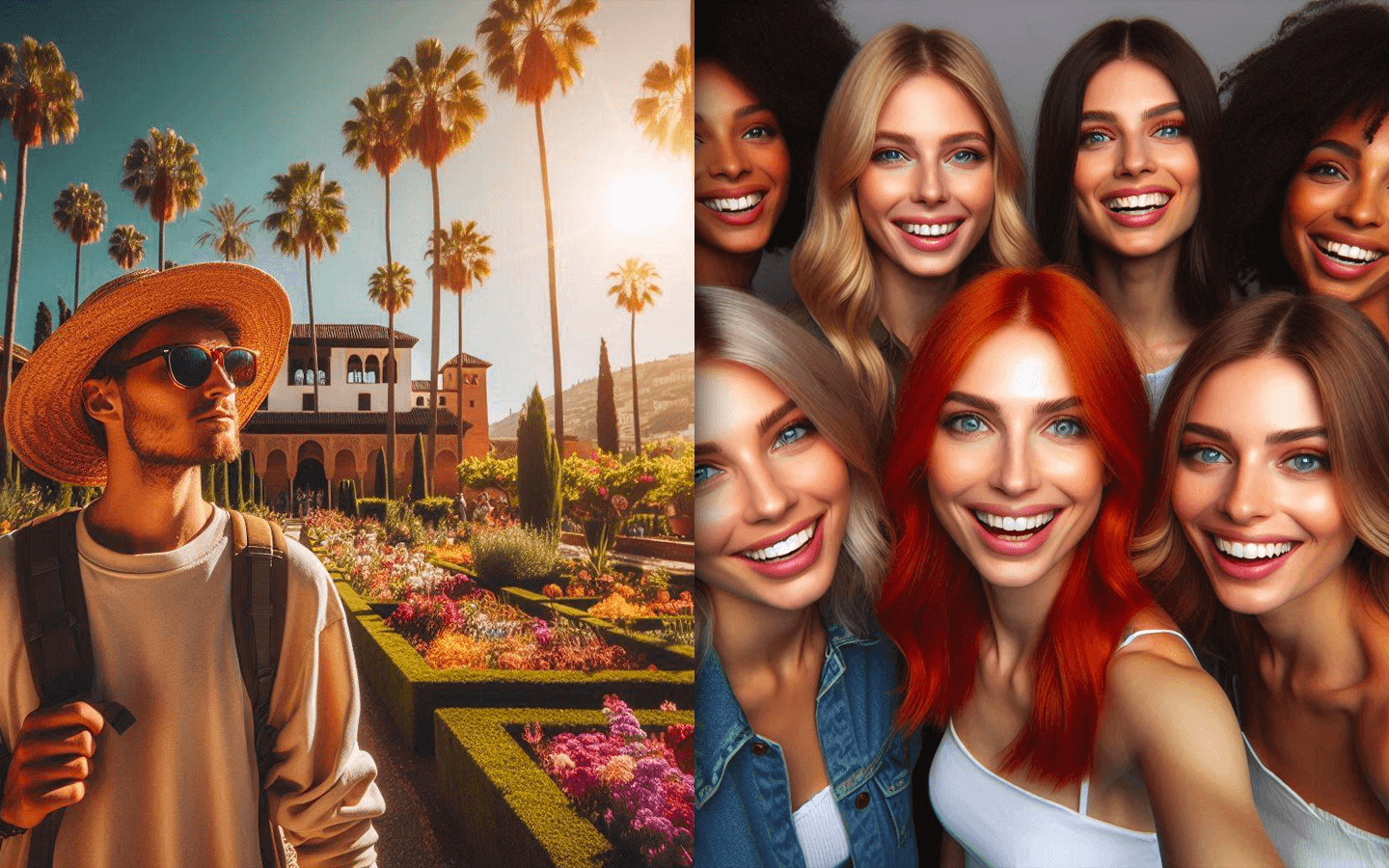
Many AI-generated images feature an unnaturally glossy or clean look. The lighting in an AI image might be off in some way. The lighting on a particular object might be incongruous with the rest of the image, or the image might feature a random mix of sharp and blurry spots; conversely, lighting across the image might be too consistent, to the point of seeming airbrushed or giving the image a flat quality. Skin might be overly smooth, with human subjects looking more like Pixar or video game characters than real people. The effect of these types or errors is that what is ostensibly a photo ends up looking more like a realistic painting or CGI.
6. Check the Background and the Details
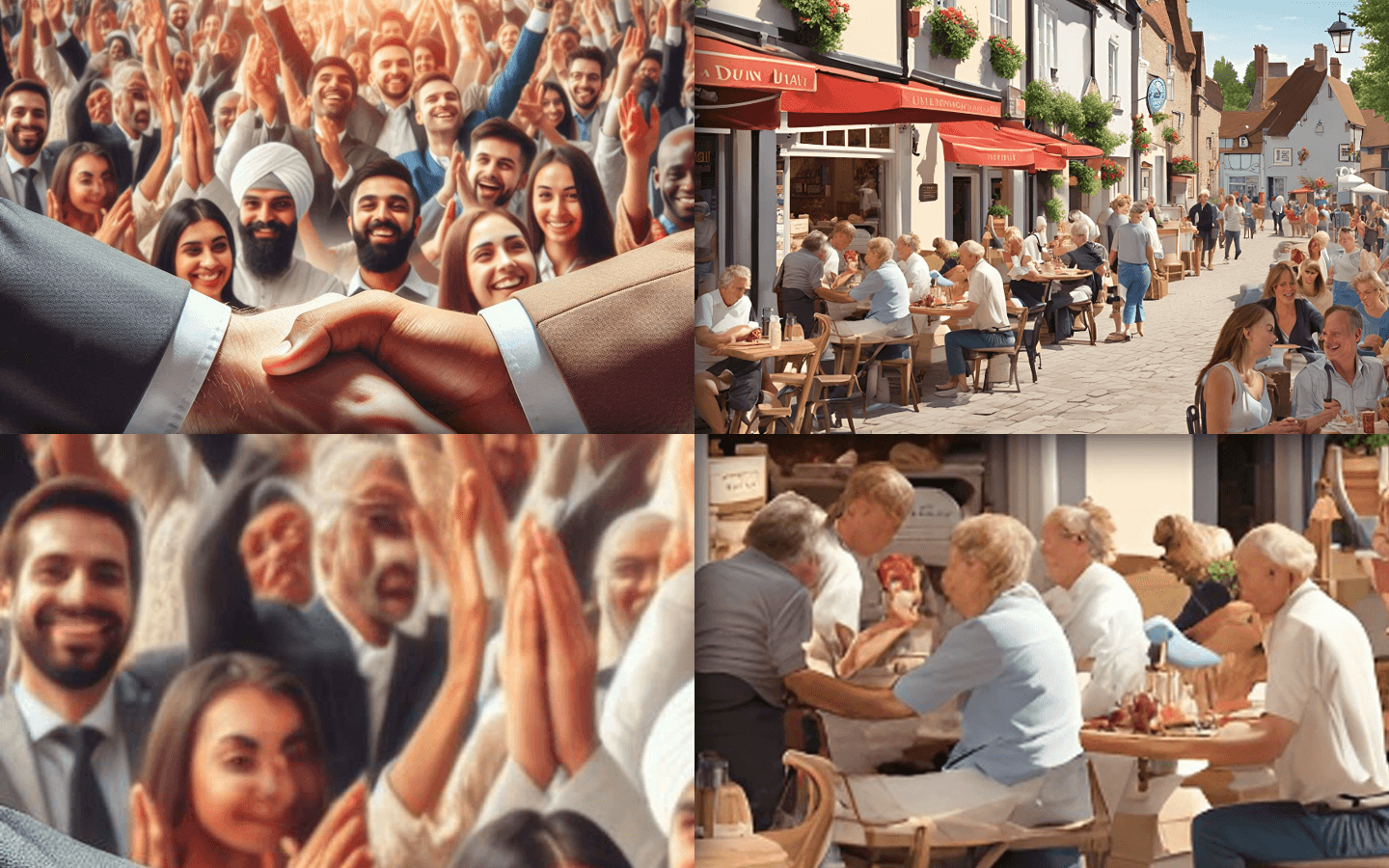
As mentioned before, AI image generators tend to do a good job of rendering the main subject or foreground of the image, but things can begin to fall apart in the background or away from the area of focus. Faces in the background can look distorted, people and objects can blend together, and any number of other errors can go undetected at first glance, but become apparent on closer inspection.
Conclusion
AI technology is evolving rapidly, and its ability to generate highly realistic images will only continue to improve. Nonetheless, we can stay informed about the common signs of imagery and other content created with Artificial Intelligence. Ultimately, the most important tools for navigating our increasingly complex digital world are fostering a healthy skepticism, maintaining vigilance, and exercising critical thinking.
